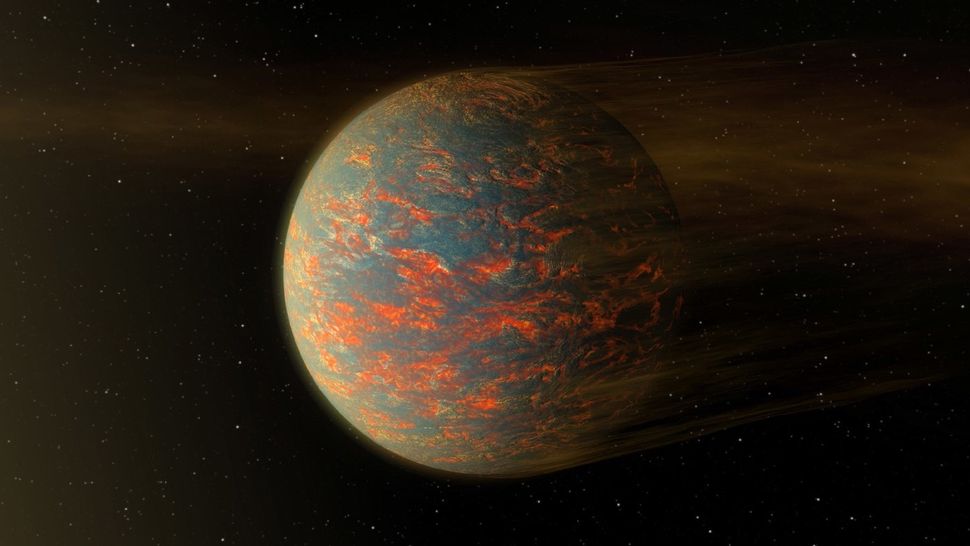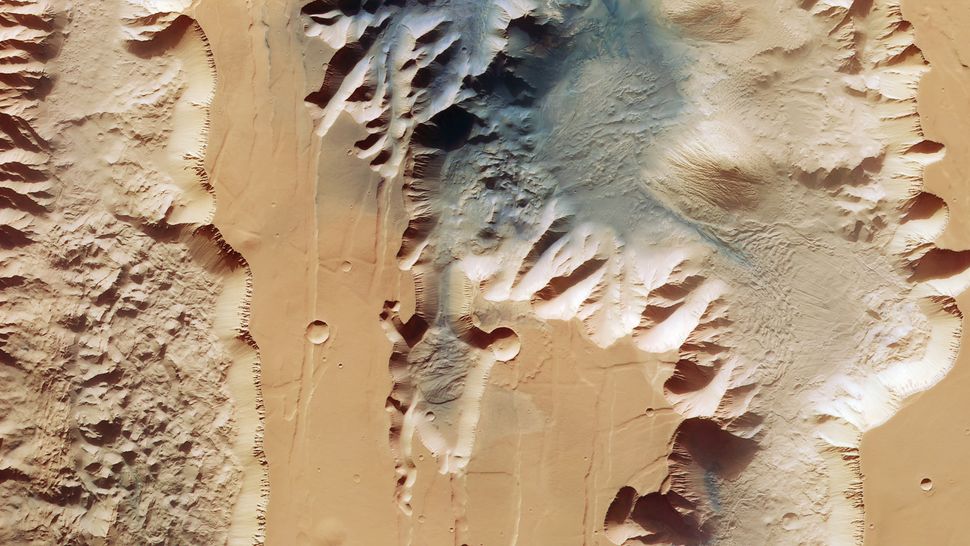Just how big can a super-Earth get while staying 'habitable'?
By Paul Sutter published about 22 hours ago

An artist's depiction of a super-Earth. (Image credit: NASA/JPL-Caltech)
Of the thousands of exoplanets discovered so far, the most common are "super-Earths" — worlds bigger than Earth but smaller than Neptune. Some of these planets even lie within the habitable zones of their parent stars, meaning the conditions there might be right to host liquid water on their surfaces.
But could these giant, rocky exoplanets actually sustain the conditions for life? Or is life limited to smaller planets like our own? Ultimately, only future observations will give us a conclusive answer. But in the meantime, the question gives us a perfect opportunity to explore the limits of our understanding of where life might find a home.
Defining habitability
First, we have to be clear about what we mean by "habitable," as some wild worlds in our own solar system stretch far beyond what we would consider normal. After all, no other known planet is quite like Earth.
The other small, rocky planets in our solar system are either barren wastelands (Mercury and Mars) or nightmarish hellholes (Venus). The gas giants — with their deep, crushing atmospheres — are ruled out. Some of their frozen moons, however, offer rich bounties of liquid water under their rigid crusts, and they just might be a second great home for life in our own backyard. But for now, we'll restrict our discussion to worlds that look like Earth.
More:
https://www.space.com/super-earth-exoplanet-habitability-size-constraints
~ ~ ~
Details of intricate Martian canyon system revealed in a new image
The Ius and Tithonium trenches that form part of the Valles Marineris on Mars, the largest canyon system in the solar system, photographed by the European Mars Express orbiter.

(Image credit: ESA)
Thursday, July 21, 2022: The European Mars Express spacecraft captured an image revealing massive ruptures in Martian crust that form part of the 2,500-mile-long (4,000 kilometers) Valles Marineris canyon system.
The image, captured on Apr. 21 but only released by the European Space Agency (ESA) on Jul. 20, shows the Ius and Tithonium Chasmata, or trenches, in the western part of the Valles Marineris. Ius Chasma, on the left, is 522 miles long (840 km), while the Tithonium Chasma, on the right, stretches over 500 miles (805 km). At 4.4 miles deep (7 km), the trenches could nearly swallow Earth's highest mountain Mount Everest.
Valles Marines is the largest canyon system in the solar system. If put on Earth, it would stretch from the north of Norway all the way to Sicily in the south of Italy. The canyon system is ten times longer, 20 times wider and five times deeper than the U.S. Grand Canyon. – Tereza Pultarova
https://www.space.com/34-image-day.html

